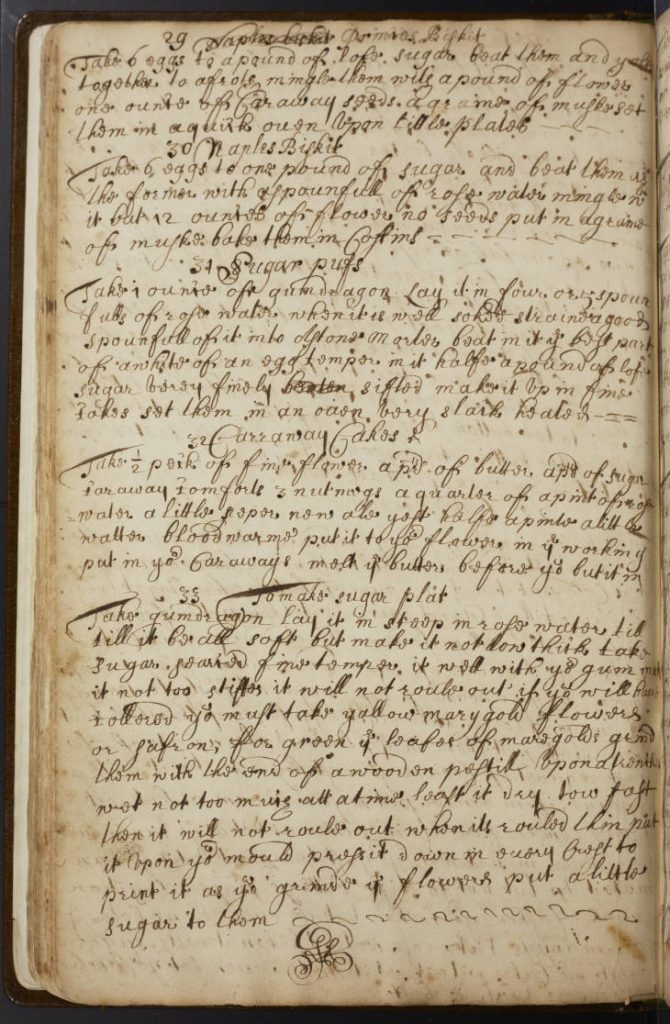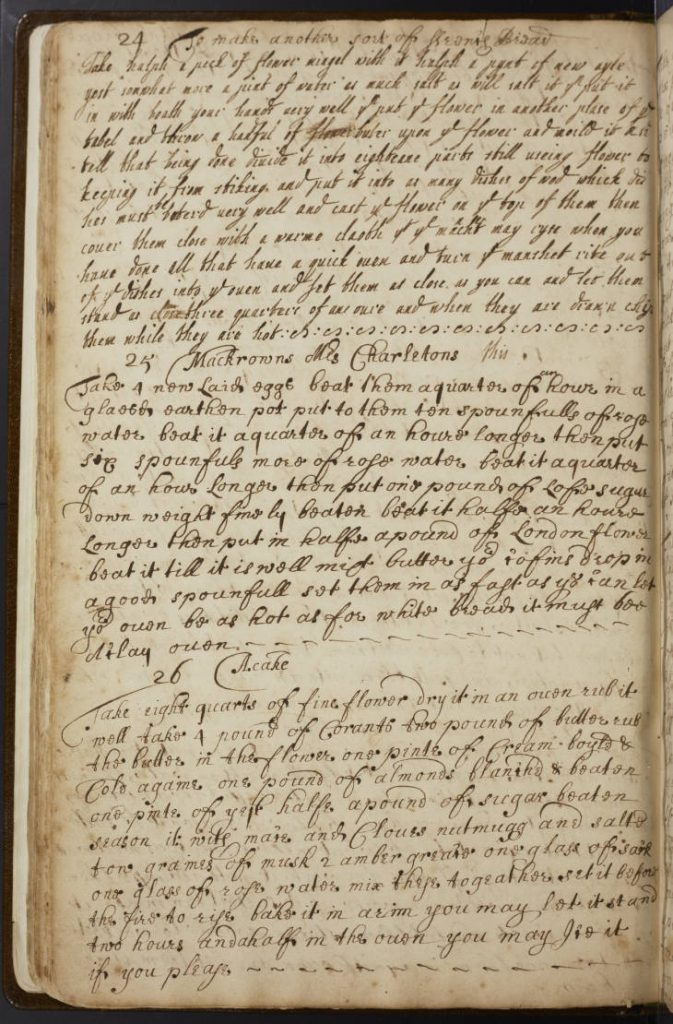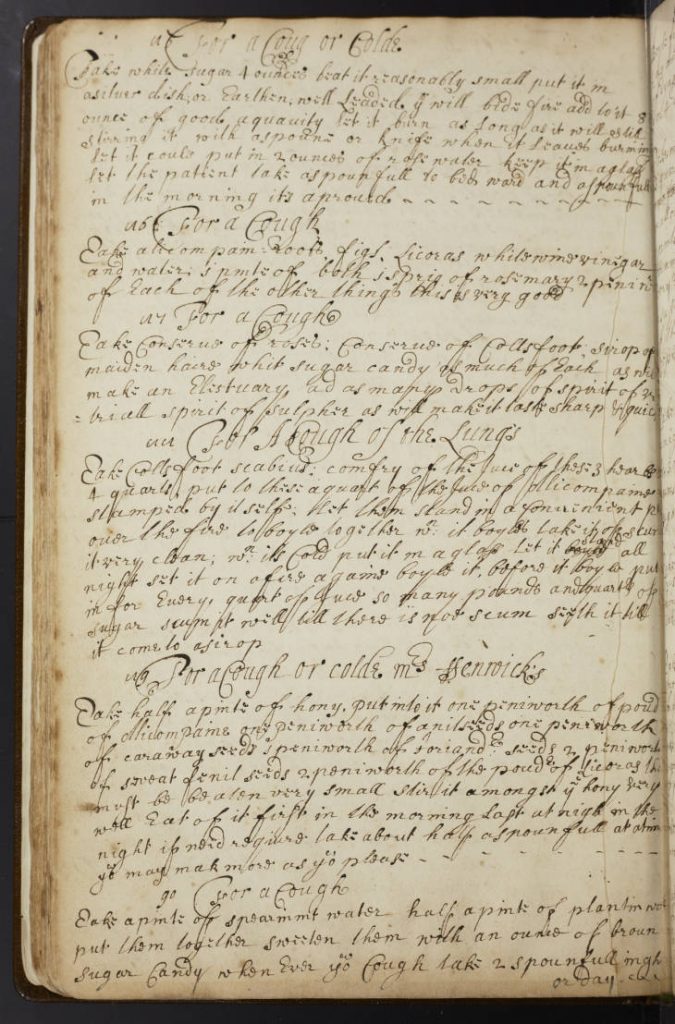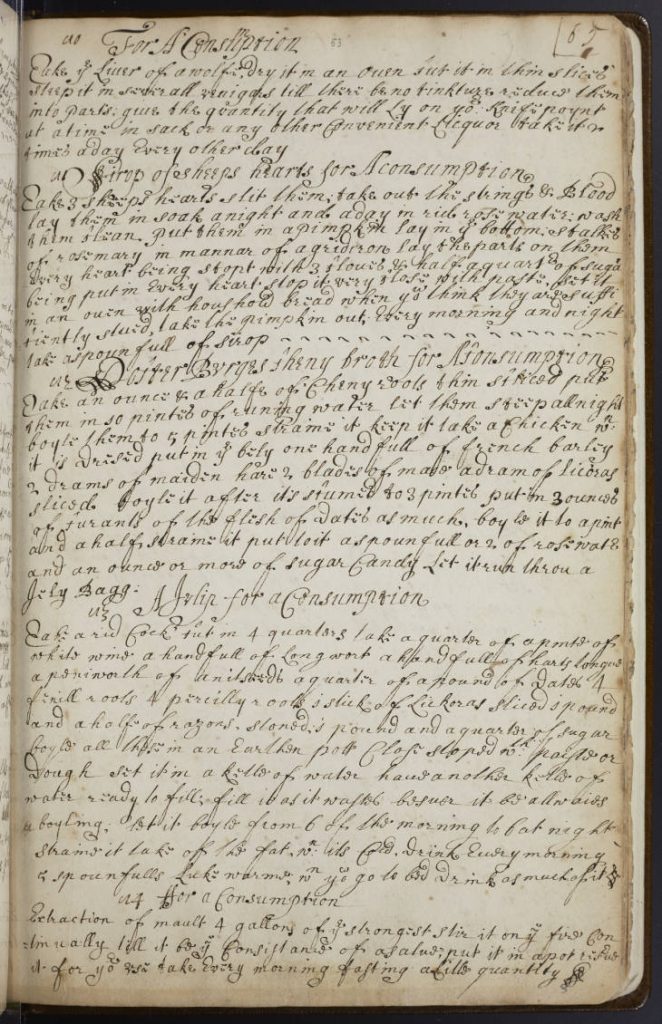We’ve posted before about how to use Special Collections and Archives for your dissertation, and shared suggestions of collections we hold that could provide the basis for a fantastic dissertation.
Of course, this year has been a bit different, and while we hope to welcome you all back to our reading room soon, in the meantime you might be interested to know you can still access our content using our Virtual Reading Room service.
However we appreciate that you might find it easier just now to work from resources which are remotely accessible, and so we wanted to highlight the following content from our collections, all of which is available online.
In addition to the resources below, you may want to explore our main online portal for digital content, CollectionsCaptured, or our range of dedicated online resources.
If you have any questions about these resources, or using Special Collections and Archives more generally, you can get in touch with us using Library Help.
Remotely Accessible Dissertation ideas #1: Gertrude Bell Archive

Gertrude Bell was an archaeologist, explorer and diplomat in the early 20th Century. Bell initially travelled in the Middle East to support her interest in archaeology, and gained substantial knowledge of languages and Arab cultures. This led to British Intelligence asking her to support their work with her knowledge of the region and the people who lived there during the First World War. After the war, Bell continued to work in a diplomatic position, and was extremely influential in the establishment of Modern day Iraq.
Bell frequently wrote to her family at home, as well as keeping extensive diaries and taking many photographs. Copies of the photographs and transcripts of the diaries and letters are freely available on a dedicated website.
Visit the Gertrude Bell website to explore her diaries, letters and photographs.
Remotely Accessible Dissertation ideas #2: Broadsides

‘Broadside’ is a term applied to cheaply printed, single sided sheets of paper. Often used to convey news or political opinions, they are a valuable insight into popular culture. Special Collections and Archives has a substantial collection of mostly 19th Century Broadsides, most of which are digitized and available to view and search online. The majority of them were produced here in the North East, and provide a fascinating insight into contemporary concerns and local events, but also how information was communicated. As well as electioneering ephemera and propaganda, the broadsides include reward notices for the capture of criminals, announcements of events, and entertainment in the form of comic and tragic songs, known as ‘Broadside Ballads’.
Visit CollectionsCaptured to search and browse our Broadsides.
Remotely Accessible Dissertation ideas #3: Jane Loraine’s Recipe Book
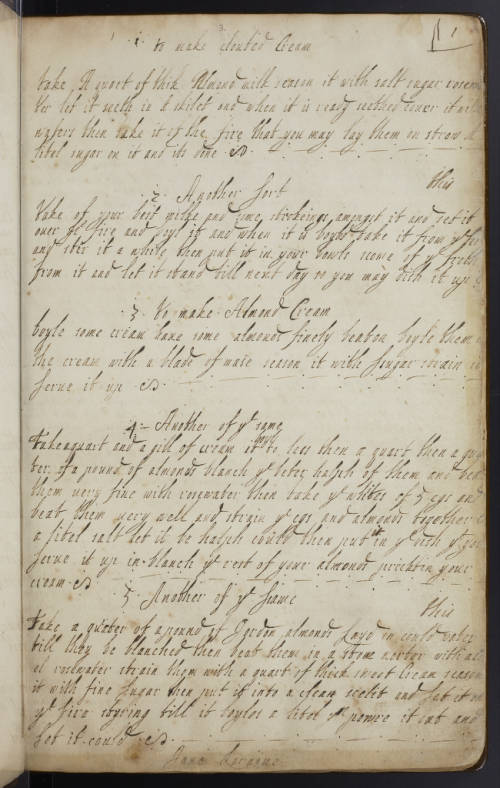
Dating from the 1680s this manuscript (handwritten) recipe book includes recipes for food and medicinal products. The handwriting suggests multiple authors, but the majority has been attributed to Jane Loraine, a member of the Loraine family from Kirkharle, in Northumberland. The value of recipe books as sources for subjects beyond food history is still being explored, but it provides opportunities to explore subjects as diverse as gender issues (as examples of women’s writing) and empire (exploring ingredient availability).
Jane Loraine’s Recipe Book is available in full on CollectionsCaptured, but has also been adapted into a searchable digital edition which provides transcripts, contextual information and signposts wider reading.
Visit the Digital Edition to explore the recipe book in more detail.
Remotely Accessible Dissertation ideas #4: Local Illustrations
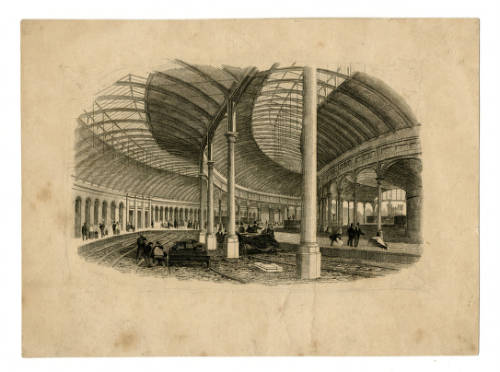
Our Local Illustration Collection brings together engravings and other illustrations from the 18th and 19th Century which depict landmarks and landscapes from the North East. They offer the opportunity to explore changes in the region during a period of vast technological change, but also how urban and rural landscapes were depicted. Insights into contemporary society can also be taken from the figures which appear in the images.
Visit Collections Captured to browse the images in this collection.
Remotely Accessible Dissertation ideas #5: Trevelyan Family Albums
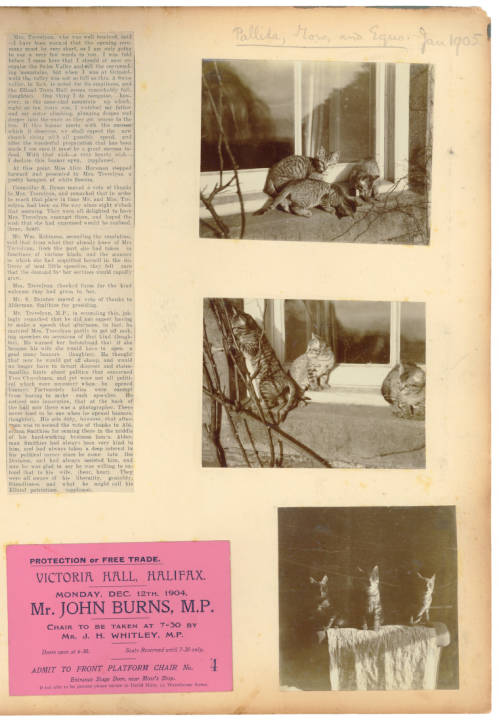
The Trevelyan family were based at Wallington Hall Northumberland, now a National Trust property. The property was donated to the Trust by Sir Charles Philips Trevelyan, a Member of Parliament, Education Secretary and campaigner against Britain’s involvement in World War I. Trevelyan’s wife Mary Trevelyan (nee Bell – half-sister of Gertrude Bell), kept family photograph albums and scrapbooks from the late 19th Century until her death in 1965. They provide an insight into the life of a politically active landed family in the North East in the early 20th Century. The albums offer the opportunity to explore gender roles and childhood in the aristocracy, travel and empire (through albums depicting Charles’ ‘Grand Tour’ to North America, the Pacific Islands, Australia and New Zealand) and the activity of collecting and memorialising family life.
Many of the photograph albums can be browsed and text searched on our Page Turners platform, and cover nearly 70 years of family life.
Visit our webpages for direct links to each album on Page Turners.
Remotely Accessible Dissertation ideas #6: Bloodaxe Books Archive
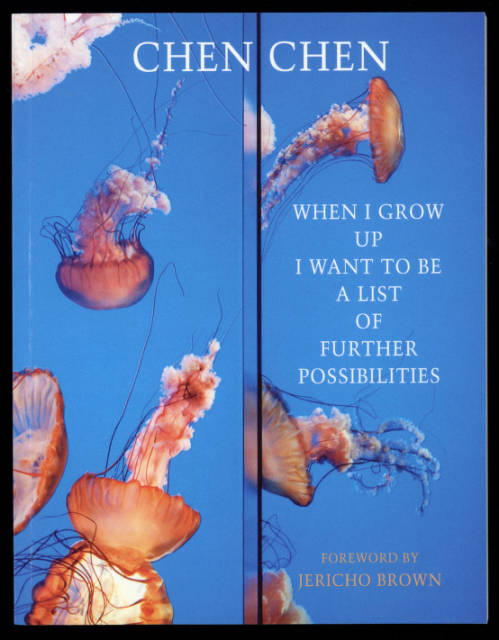
Newcastle University acquired the archive of Bloodaxe Books in 2013, an archive dating back to 1978 and the beginnings of this internationally important poetry publisher. The Poetics of the Archive offers innovative ways to explore digitised content from this archive. Through BOOKS, you can browse a library of Bloodaxe’s titles and a wealth of digitised poetry in process towards its final published form. WORDS uses the text of the digitized items to suggest links, whilst SHAPES allows you to view or interact with the shape poems make on the page. DATA takes you beyond this archive to discover where else Bloodaxe authors have been published. In the GALLERY and RESEARCH sections you will be able to link to new works that animate and respond creatively to the archive (interviews, films, photos, artwork, texts).
Visit the dedicated website to explore this resource.
Remotely Accessible Dissertation ideas #7: Courier Archive
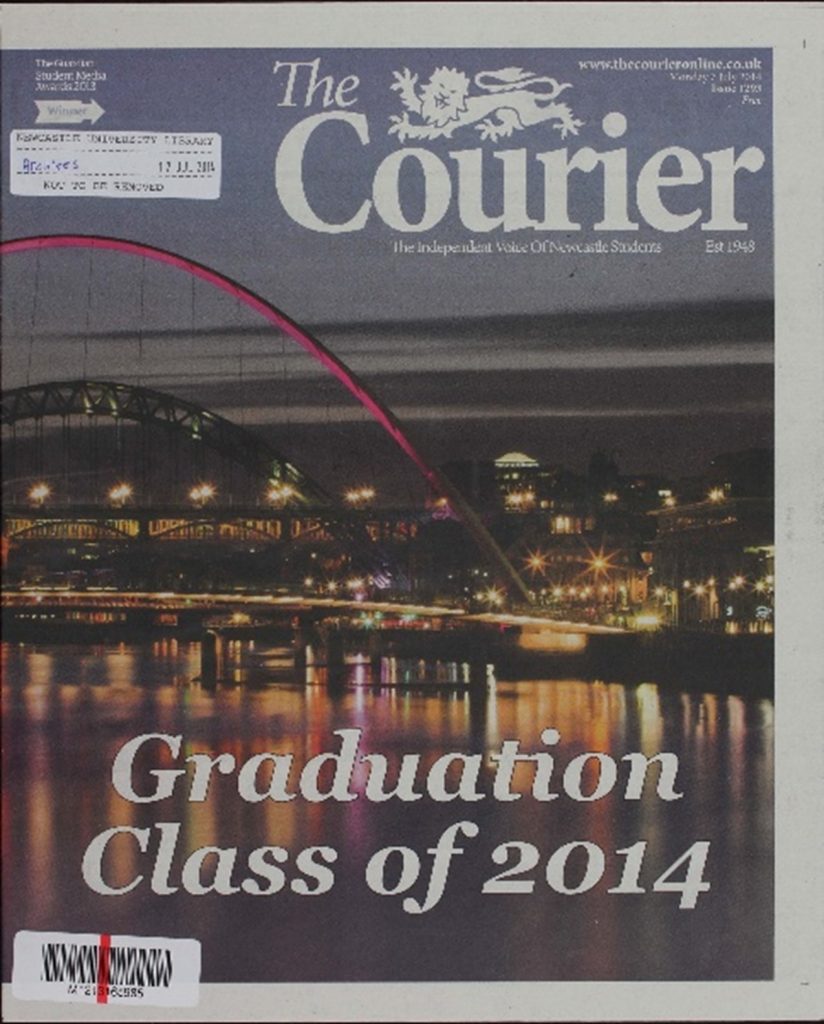
The Courier Archive is a website containing over 70 years of back issues of Newcastle University’s student paper, The Courier. All the issues are text searchable and downloadable as PDFs. They provide the opportunity to explore campus life at the University, but also to track wider social change.
Visit the Courier Archive website to explore this resource.


